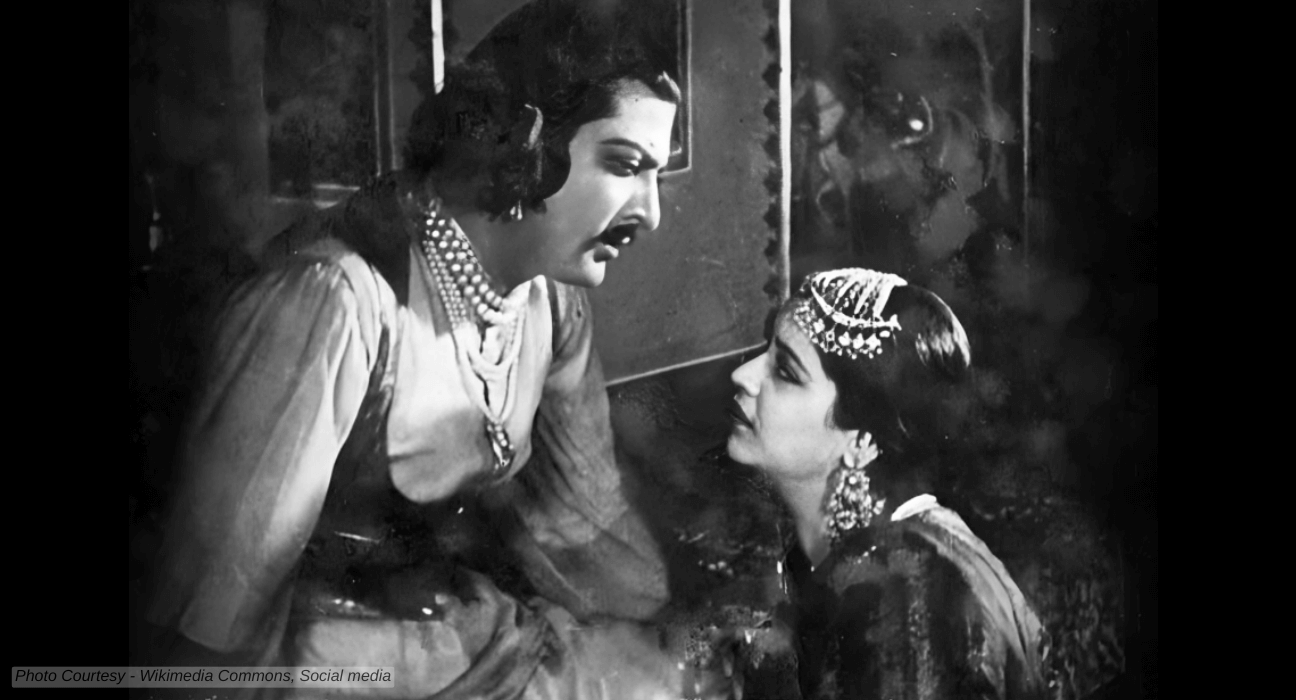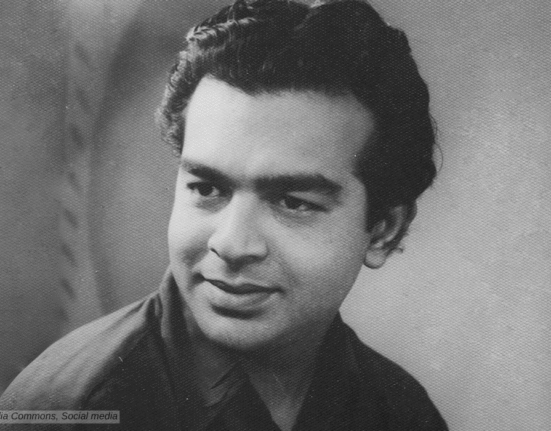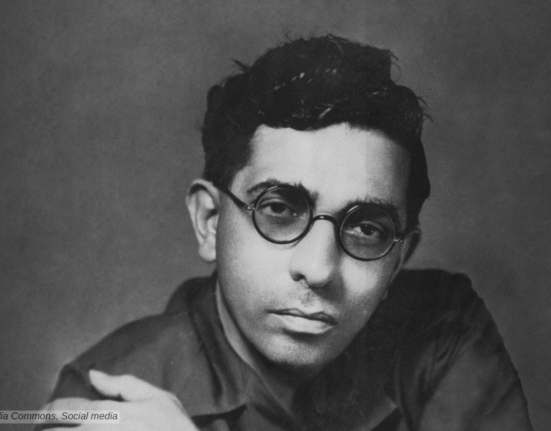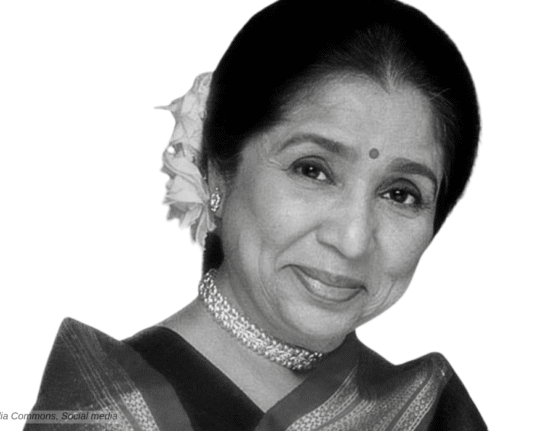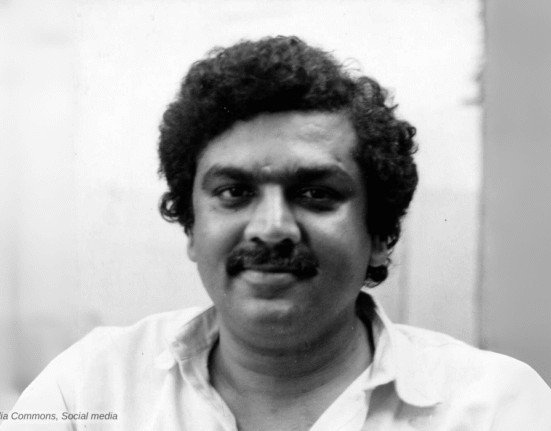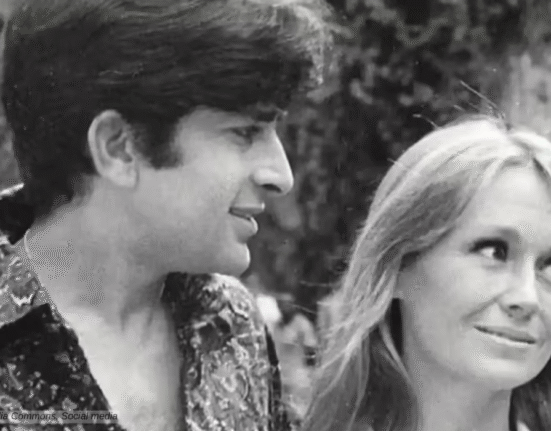1939 was the year of epics in Hollywood; Victor Fleming came up with “Gone With The Wind,” while in India, Sohrab Modi made “Pukar.” Don’t get me wrong, I am not comparing the two films as both have very different aesthetics, budgets, techincal aspects and scales. But it’s the impact of those films on their respective industries that truly stands out.
Today we will talk about Pukar, a film that blends history and melodrama with social commentary in signature Sohrab Modi style. The film was a spectacle of larger-than-life characters and sets, with heavy-duty dialogues and intense drama.
Story of Pukar
“Pukar” unfolds in the Mughal court of Emperor Jehangir, played by Chandra Mohan. The plot intertwines two narratives. The primary story centers on Jehangir’s commitment to justice. When his wife, Nur Jahan, portrayed by Naseem Banu, accidentally kills a washerman, Jehangir faces a moral dilemma. He upholds his principle of equal justice, famously declaring, “Khoon ka badla khoon,” ordering the washerwoman to kill Nur Jahan’s husband. The washerman’s widow, Kunwar, refuses to execute the king and accepts the blood money.
The secondary plot follows a Romeo-and-Juliet-style romance between Mangal Singh, played by Sadiq Ali, and Kunwar, portrayed by Sheela. Their love story takes a tragic turn when Mangal kills Kunwar’s father and brother after they accuse him of dishonor and attack him. Sangram Singh, the righteous father of Mangal Singh, was given the duty of arresting him. The narratives converge as Jehangir’s justice system resolves both conflicts, highlighting the cost of honor and duty.
Pukar – Sohrab Modi’s Magnum Opus
Sohrab Modi’s direction reflects his roots in Parsi theater. He employs frontal compositions and layered storytelling, focusing on dramatic confrontations. The film’s treatment emphasizes grandeur, with Modi recreating the Mughal era through authentic locations. His use of lengthy Urdu dialogues, delivered in a loud, theatrical style, adds intensity. Although the dialogues were praised for their literary value, they also make the latter half dialogue-heavy, slowing the pacing.
Modi’s approach prioritizes historical authenticity over cinematic fluidity, a choice that aligns with his vision but can feel bloated to modern viewers. The narrative structure, while engaging in the first half, loses momentum later due to excessive verbal exchanges. The editing was also choppy; abrupt cuts make some portions disjointed.
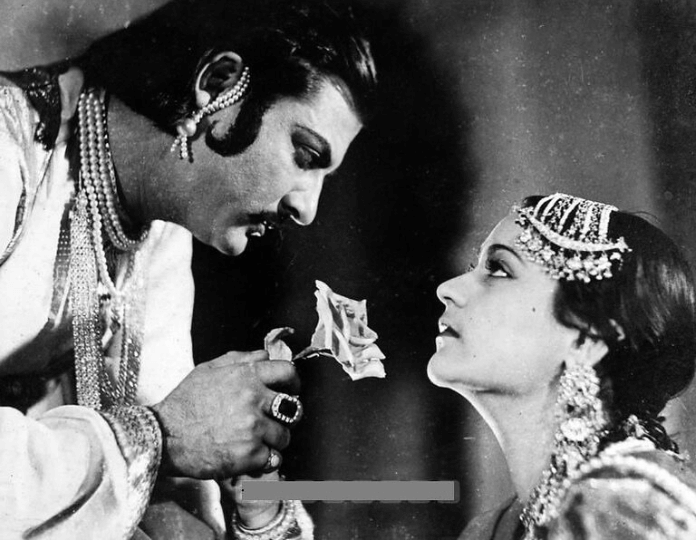
Performances – Naseem Banu Show
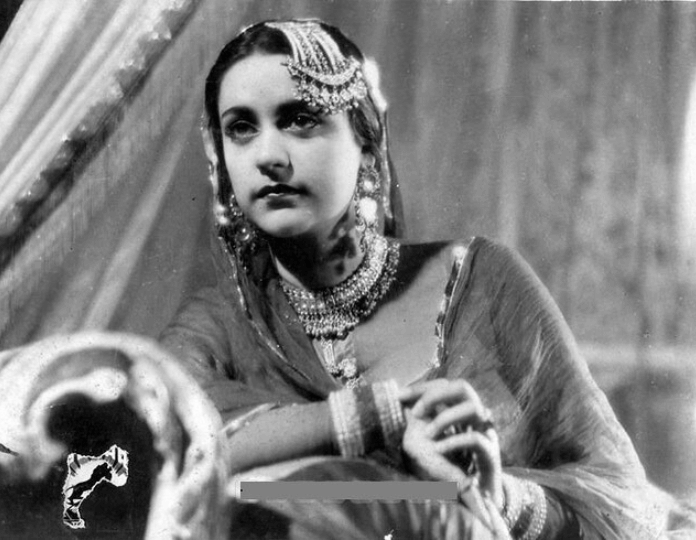
Chandra Mohan delivers a commanding performance as Jehangir. His presence, especially in the climax, stands out, with the dialogue “Tameel Ho” (my order should be executed) showcasing his intensity through expressive eyes and a resonant voice. Naseem Banu, as Nur Jahan, brings elegance and depth, balancing regal authority with vulnerability. Her preparation for the role, including horse-riding and singing lessons, adds authenticity.
Sohrab Modi plays Sardar Sangram Singh, Mangal’s father, with a solid performance, embodying loyalty and honor. Sadiq Ali and Sheela, as Mangal and Kunwar, perform adequately, though their roles lack the depth of the main characters. Supporting actors like Sardar Akhtar and Jillo provide fine support, grounding the family feud narrative. The modern viewers, however, will find the acting a bit strange and unnatural.
Technical Aspacts
“Pukar” excels in its technical execution for a 1930s film. The cinematography, credited to Y.D. Sarpotdar, captures the opulence of the Mughal era. Shots of royal courts and palaces, filmed on location, offer authenticity that studio sets couldn’t achieve. The visuals emphasize glitter and grandeur, with a focus on royal Indian influences like ornate costumes and architecture.
Editing, however, falters in the second half, where prolonged dialogue scenes disrupt the film’s rhythm. The pacing feels uneven, with the first half being more dynamic. The film’s runtime of 2 hours and 45 minutes, while typical for historical epics, tests patience due to its wordy conclusion.
Kamal Amrohi’s screenplay and dialogues anchor the film. The Urdu dialogues, heavy and dramatic, true to Modi’s theatrical influence. The story, also by Amrohi, smoothly sets up the central conflict and counterarguments, blending a crime-and-punishment tale with romance. The narrative explores Jehangir’s justice system, symbolized by the “Chain of Justice”—a bell any citizen could ring to seek redress. While the premise is strong, the story takes convenient routes, such as the legal loophole saving Nur Jahan, which may feel contrived to some viewers.
Music of Pukar
The music, composed by S. Fernandes and Mir Saheb, suits the era. The soundtrack features classical vocals and tabla, enhancing the historical setting. Naseem Banu’s song “Zindagi Ka Saaz Bhi Kya Saaz Hai” became a hit, showcasing her singing skills and adding emotional depth to her character. The songs, while numerous, align with the era’s musical traditions, focusing on romance and courtly life. Lyrics by Kamal Amrohi complement the film’s tone, though the “flood of songs” typical of 1930s films may overwhelm modern audiences.
The film’s songs include “Tum Bin Hamri Kaun Khabar Le Govardhan Girdhari,” “Dhoye Mahobe Ghaat,” “Kaahe Ko Mohe Chhede Re Beimanwa,” and “Eid Ki Saa-aten Mubarak Hon,” among others.
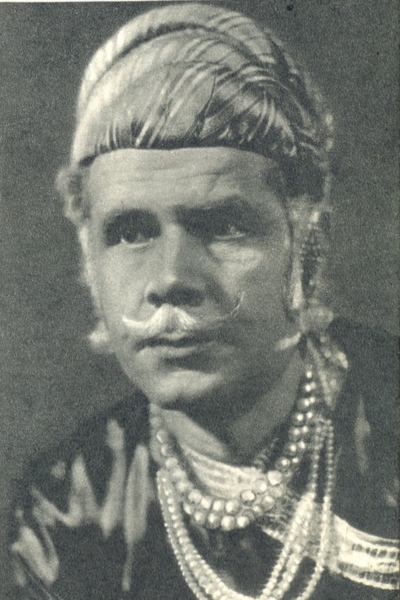
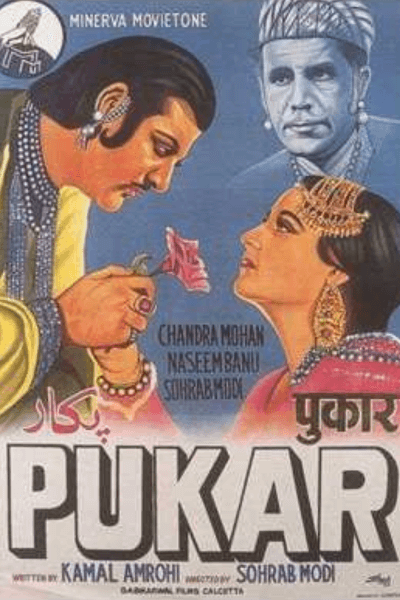
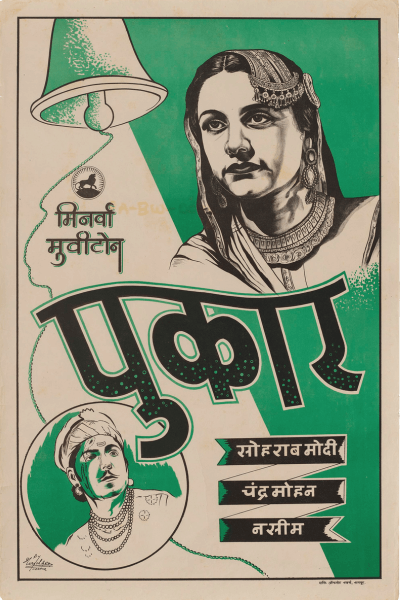
Pukar – A Tale of Love, Duty and Justice
The film delves into themes of justice, honor, and duty. Jehangir’s commitment to impartial justice, even at personal cost, underscores the ideal of a ruler’s responsibility. The “Chain of Justice” symbolizes accessibility to fairness, a progressive concept for the era. Nur Jahan, the powerful queen, was a symbol of the elite class, which usually gets away with little consequence for its action. While the poor Rami Dhoban represents the working class, which usually gets exploited by people in power.
The romance between Mangal and Kunwar explores the destructive nature of familial feuds, drawing parallels to “Romeo and Juliet.” The film also examines gender dynamics of the era, with women taking center stage in drama. Social issues like the cost of honor as well as the conflict between love and duty.
Reception and Legacy
“Pukar” was a blockbuster upon release in 1939. Audiences flocked to theaters, drawn by its grandeur and Modi’s reputation. The film established Naseem Banu as the top actress of the era. Chandra Mohan and Sohrab Modi’s towering performances earned immense critical acclaim. Reviewers praised the visual quality and historical accuracy, noting the care taken in production. However, some modern critiques, as seen on platforms like Letterboxd, find the film overly wordy, particularly in its latter half. Despite its obvious shortcomings, “Pukar” remains a benchmark for early Indian cinema, with its ability to captivate audiences even today, as noted by reviewers who appreciate its craftsmanship despite limited technology.
“Pukar” is considered one of the best Indian films of the 1930s, often cited for its pioneering role as an early Muslim social film. It marked the beginning of Modi’s trilogy of historical spectaculars, followed by “Sikandar (1941)” and “Prithvi Vallabh (1943).” The film’s success solidified Minerva Movietone’s reputation and established Modi as a master of historical dramas.
Pukar on IMBD



